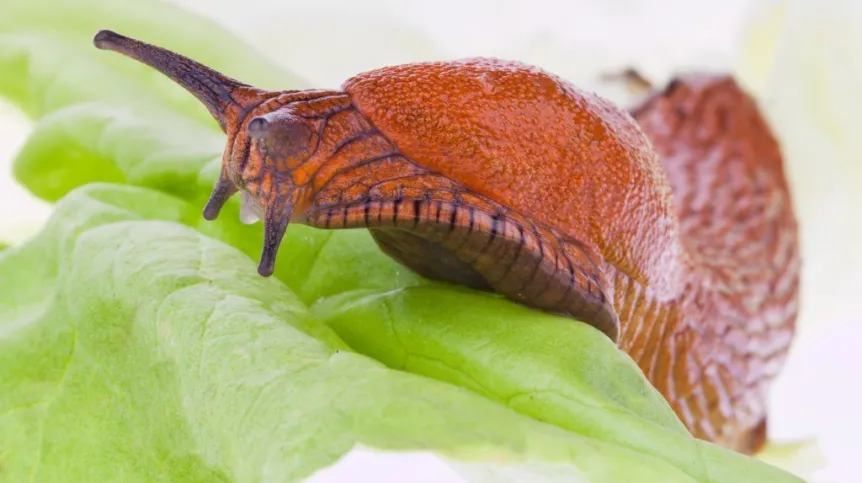
Large slugs, for example Spanish slug, which is an invasive species in Poland, may be predators of chicks of the species of birds that build their nests low. This phenomenon has been analysed by researcher at the University of Wroclaw and the University of Zielona Góra.
The fact that the threat of slugs actually exists - and that it is worth a closer look - was discovered by Katarzyna Turzańska from the Museum of Natural History of the University of Wroclaw and Justyna Chachulska from the Faculty of Biological Sciences of the University of Zielona Góra. For the purposes of a doctorate, near Wrocław they carried out research on whitethroat - a bird living in half-open areas, throughout Europe. "On the day the chicks hatched, we saw a slug in the whitethroat\'s nest. On the second day the slug was gone, and the chicks were dead. Eaten" - Katarzyna Turzańska told PAP.
In an interview with PAP the biologist admitted that the discovery was quite shocking. Together with Justyna Chachulska they later inquired ornithologists about similar cases, but none of them had seen anything like it. The only publication in Polish on the subject was a note by Wrocław ornithologist Bartłomiej Sklepowicz. They found a bit more information on predation of slugs on chicks in foreign language literature, mainly German sources from 1960s and 1980s. Very interesting work on this topic has also been written by ornithologists from the University of Rzeszów - Konrad Leniowski and his colleagues. The researchers analysed the available reports. The result of their work is an overview article published in the "Journal of Avian Biology" (DOI: 10.1111/jav.01189).
They determined that chicks can fall victim to slugs represented, among others, by three species that are difficult to distinguish. One of these species - Spanish slug - was included in the 100 worst alien species in Europe, and is increasingly appearing in our fauna.
Slugs are omnivorous. Most often they can be found on decaying organic matter, faeces, dead animals, dog or cat food. When they encounter earthworms or a slow-moving vertebrate, they prey on them - said Katarzyna Turzańska.
"Their prey can be chicks of different ages - both those just hatched and older ones. Some of them, attacked - those, in which a slug +bit+ a hole in the leg or wing, could then still successfully leave the nest. However, if the slug stays in the nest longer, and chicks are small - they usually have no chance of survival" - she said.
Slugs mainly attack birds of the species nesting on or near the ground: yellowhammer, reed bunting, whitethroat, warbler and chiffchaff.
Oddly enough, parents of chicks do not have any defensive reaction. It has not been observed that they would throw the slug out of the nest (though one would suspect that they are capable of doing so). It seems that adult birds do not identify the slug as a predator. There were even cases that when a slug was in the nest, adult birds even tried to brood further. The researchers suggest that - if slugs rarely enter nests - the birds have not yet developed evolutionary response to this threat.
Why do slugs enter nests? The authors of the study point out that slugs use the sense of smell, and it could lead them to the nest. But they also could enter nests randomly, by accident. It is not known whether the slug predation on chicks is rare, or on a larger scale. "It is a poorly researched phenomenon, and without extensive research on large bird populations is difficult to talk about its scale. For now, few ornithologists even know that a slug can seriously harm the chicks. Ornithologists - even if they saw dead chicks in the nest - did not necessarily know that the slug was the cause of their death. Therefore, the phenomenon may be underestimated" - said Katarzyna Turzańska.
The authors of the analyses explain that a slug that visits the nest leaves mucus and characteristic droppings. They hope that after the publication there will be more reports of similar observations.
PAP - Science and Scholarship in Poland, Anna Ślązak
zan/ jra/ jjj/ mrt/
tr. RL













